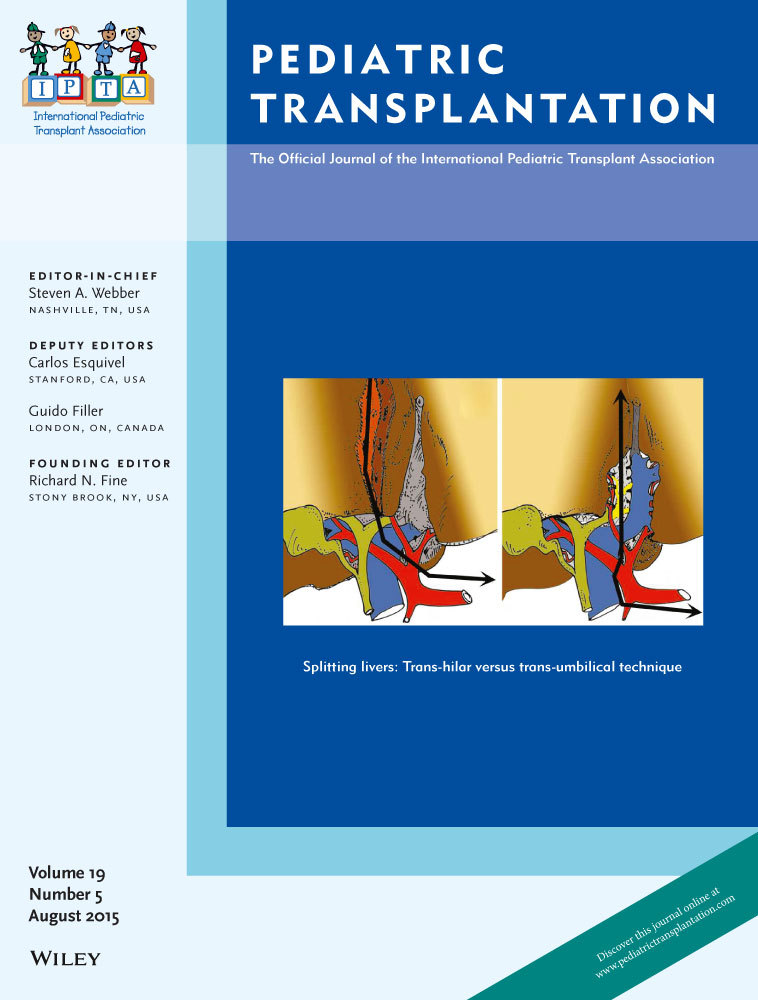Taste dysfunction in patients undergoing hematopoietic stem cell transplantation: Clinical evaluation in children
Abstract
The aim of this study was to determine the variability of TD in children undergoing HSCT. Cases were identified as consecutively enrolled children in the period January 2011–January 2013 among patients attending the Paediatric Department of Spedali Civili of Brescia and all candidates to HSCT. The TST was conducted in two phases: identification of threshold values and identification of perceived stimulus intensity. Sixteen sapid solutions with four flavors (sucrose, sodium chloride, citric acid, and quinine hydrochloride) at four different concentrations were administered in a random sequence. The same protocol was administered at different time intervals: before starting the conditioning therapy (T0), during the conditioning therapy (T1) (two times), and every three months (two times) after engraftment post-HSCT (T2). A p-value < 0.05 was considered statistically significant. Fifty-one children (29 female and 22 male, mean age 5.2 ± 0.7 yr) were enrolled. Threshold value means for the four flavors increased during HSCT conditioning therapy (T1) (p < 0.01); intensity of perceived stimulus decreased during HSCT conditioning therapy (p < 0.01). At six months after engraftment (T2), both parameters had returned to starting values (T0). Changes in taste perception in children undergoing HSCT seem to occur especially during the conditioning therapy and resolve in about six months after engraftment post-HSCT.




